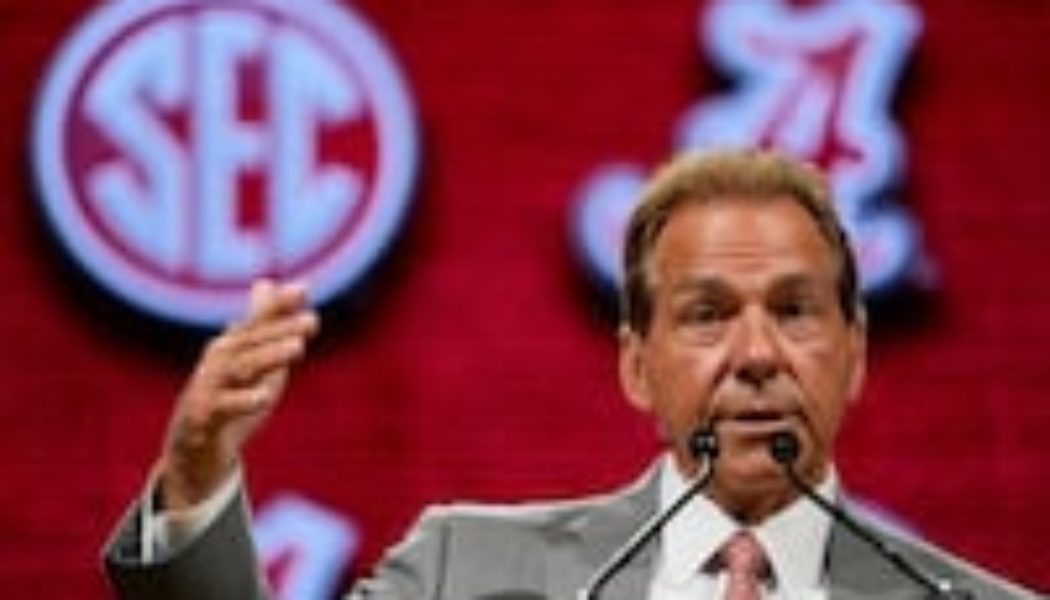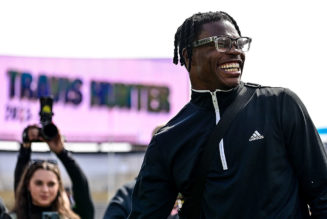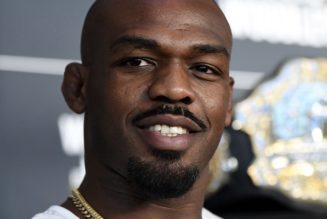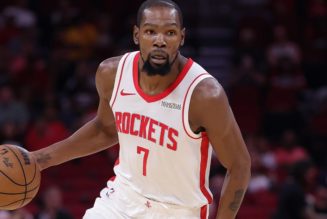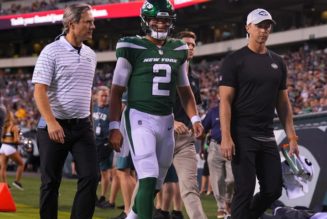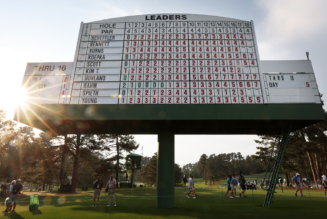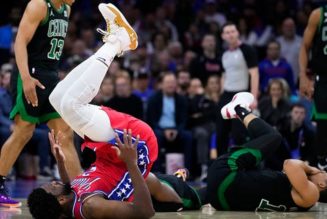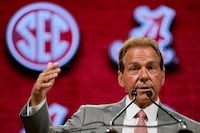
The college athlete isn’t the one who needs reminding he or she is a student. It’s the colleges that forgot — they’re the ones that ran so profiteeringly amok that they turned athletes into labor law case studies. Once you make that simple thought reversal, the NCAA’s mess becomes easier to sort out. It’s going to take an act of Congress to fix it, you bet. But what needs regulating is the conduct of the schools, not the kids.
The major universities that control the NCAA became so untethered from behaviors befitting campuses that they are now lobbying, begging even, for antitrust protection from an endless cycle of billion-dollar settlements and court judgments that they provoked with their chronic commercial abuses of athletes’ rights. Without a federal shield, they contend, college athletics will be ungovernable. Fine. Grant a limited antitrust protection — but with caveats that force these power conference schools to stop behaving like strip miners. Drag them back to the realm of learning.
You probably feel like a cat in yarn when you think about the NCAA. It’s navigating four antitrust cases and no fewer than five legislative reform bills put forward by everyone from Sen. Ted Cruz (R-Tex.) to Sen. Cory Booker (D-N.J.). They all slightly miss the mark because they wrongly focus on athlete behaviors rather than institutional ones. The heart of the NCAA’s problem is not athletes grabbing at name, image and likeness (NIL) money despite the gold-blinded congressional testimony of former Alabama football coach Nick Saban, who made more than $120 million in his tenure. What ails the NCAA is an institutional dynamic rather than a personal one.
The problem is a structural flaw and contradiction: “College sports is the only industry in the United States where non-profit organizations engage in fierce zero-sum competition,” former University of California at Davis athletic director Kevin Blue points out in an open letter to NCAA President Charlie Baker.
A nonprofit’s goal is to deliver on its mission, which in this case is education. But these nonprofits are locked in bitter competition. The median Football Bowl Subdivision school experienced a 67 percent mushroom cloud increase in revenue between 2006 and 2015 — far outstripping any other purported “nonprofit” sector. But that only forced more pressure to “compete” financially. The massive revenue raked in by schools was diverted from any clear connection to the actual education and welfare of the athlete-students. Instead, the money flowed into absurdly escalating luxuries and the pockets of coaches and athletic directors who could help “win.”
This yawning divide between profit and mission is what really triggered the current crisis.
No one describes this dynamic better than Blue, a former Stanford varsity golfer who got his MBA and doctorate while teaching and working in the athletic departments at his alma mater and UC Davis. According to Blue, the problem is not a matter of “flawed leadership” or “greed.” College presidents and athletic directors have merely acted as people do in such a competitive economy.
“From a behavioral economics perspective, financial decision-making in college sports has been perfectly rational within the structures of the current system,” he writes. They have chased their own competitive self-interest, the natural result of what he calls an “eat-everything-you-can-possibly-kill system.”
Now that the institutional dynamic is accurately described, the outlines of an answer come clearer. First it should be plain that the Power Five schools can’t be allowed to write the new rules because they will only continue their “kill-eat” behavior. This is obvious from their proposed resolution of the antitrust cases: They want to shunt 60 percent of the schools’ portion of a $2.8 billion settlement off on the shoulders of smaller colleges and universities that weren’t even named in the suits.
Alabama should have to eat its own rotting meal, not shove it down Seton Hall’s throat.
Congress should refuse any antitrust exemption until those terms are adjusted. When lawmakers do craft a limited antitrust protection, they should require fundamental corrections in the NCAA’s disordered, mission-contradictory structure. Starting from this premise: “Extracurricular programs that develop student talents via performance contests and events are education programs led by expert teachers,” writes the Drake Group, a think tank of academics that has been conferring with legislators on college sports. The emphasis is mine.
Here’s a perfect example: Speaking of Saban, Congress could pass a bill stipulating that athletic revenue must go to the direct benefit of athletes “in an amount that is equal to or greater than the aggregated compensation and benefits to coaches and staff.”
This suggestion comes from the Drake Group, and it’s beautiful. Now you can cut the yarn away from the cat. If Alabama wants to pay its football coach a ludicrous $11 million per year, then it should have to devote an equal $11 million to educationally tethered benefits to the athletes on the other side of the ledger. You want to restore reason and equity? That’ll do it.
It’s remarkable what a cascade of common sense follows from this one structural fix. It caps spending on salaries and de-incentivizes the worst kill-eat behaviors without being anti-competitive.
The NCAA is in the worst crisis of its 118-year existence. But this is good news. Congress has the organization right where it wants it. Lawmakers have all the leverage, and they should use it. Fix this institutional problem first. The rest of the solutions will follow.
Services Marketplace – Listings, Bookings & Reviews
